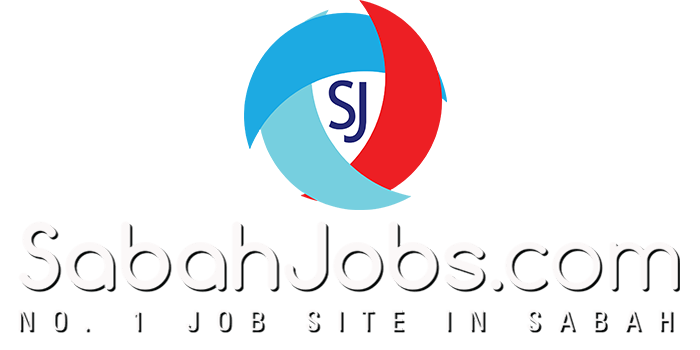There are many ways to find job opportunities in the modern days. You can find jobs through online, offline, and connection methods. Finding jobs can be challenging for everyone as all jobs require different kinds of experiences, education, and skills in their job postings.
Job Seekers who are in high-demand industries and employees who have a strong record of career success are often in an enviable position of being able to choose from multiple job opportunities.
If you are in this situation, what should you do? How to determine the next step of your career path?
1. Determine the best fit
Take your time and make sure that your next job is exactly what you are looking for. You do not need to take the first job offer you get unless you are sure that is the best position for your next career stage.
2. Research and Decide your Perfect Job
You can take up some career assessments to help you to identify other values, interests or personality traits that you might want to tap into your ideal job. You might want to get the assistance of a career counselor if you are struggling to identify your ideal career.
3. Know your worth
Being in a high-demand field is advantageous and the opportunity to demand higher compensation is part of it. Conduct thorough research on the going rate for your job through salary surveys online or through informal networking with fellow professionals.
4. Get to know the skills and knowledge needed for your ideal job
If your ideal job requires skills and knowledge that you do not fully possess, or if you would like to expand your current responsibilities into new areas, you can consider incorporating or building upon these skills into your position.
Your current employer may be more flexible than you think in modifying your job if you are a highly valued employee. Of course, they don’t want to lose you.
Deciding which job to take can be harder, especially when you have more jobs to choose from. As mentioned, do not accept a job offer right away. Take the time to evaluate each offer and to compare the employees’ benefits carefully.




